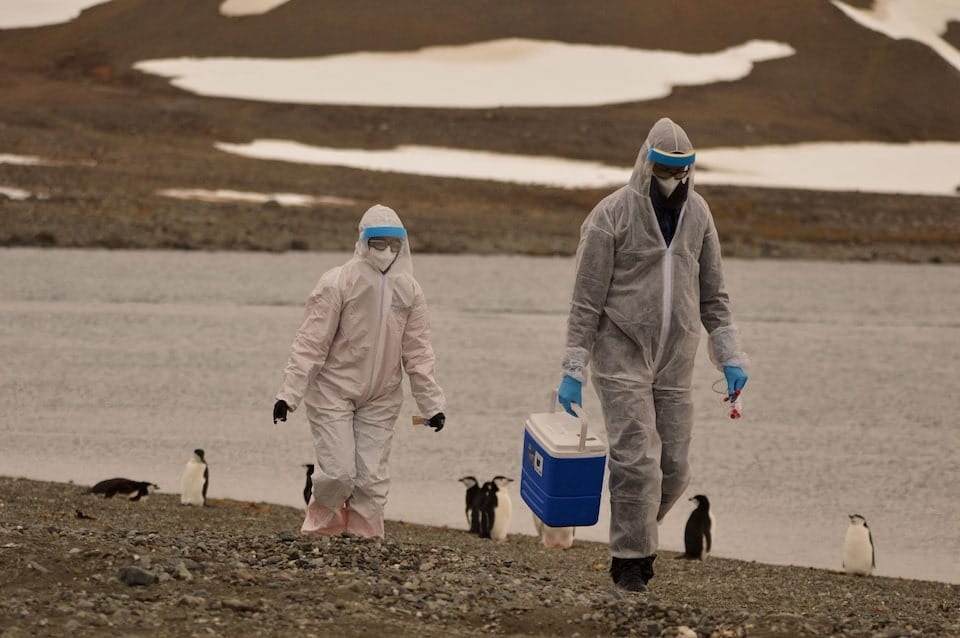Unraveling the Cause of Penguin Deaths in Antarctica
In a chilling discovery, a scientific expedition led by Federation University Australia last month encountered a grim scene on Heroina Island, Antarctica: the frozen bodies of at least 532 Adelie penguins. The death toll, however, is feared to be in the thousands, as the researchers were unable to account for all the carcasses scattered across the island.
The suspected culprit behind this mass mortality is the H5N1 bird flu virus, a strain that has been wreaking havoc on wildlife populations. Although initial field tests did not conclusively identify the virus, samples have been dispatched to specialized labs for further analysis, with results anticipated in the upcoming months.
Dr. Meagan Dewar, a wildlife biologist from Federation University and a member of the expedition team, expressed deep concern over the potential ramifications of the H5N1 influenza on threatened species. The virus has shown an unprecedented aggression in wildlife since its arrival in South America in 2022, swiftly reaching the remote ecosystems of Antarctica and marking its first confirmed case there in February.
The situation is particularly alarming given that Heroina Island is home to a colony of approximately 280,000 breeding Adelie penguins. Although the live penguins had migrated from the breeding grounds by the time of the expedition’s arrival, the presence of H5 strain bird flu was confirmed in skua seabirds on the Antarctic peninsula and nearby islands. These predators are known for feeding on penguin eggs and chicks, raising fears of further spread within the ecosystem.
With around 20 million pairs of penguins breeding in Antarctica annually, including the vulnerable emperor penguins, the stakes are high. Emperor penguins are already facing threats from climate change, with melting sea ice leading to the drowning of thousands of chicks in 2022. Now, they may also be at risk from the lethal bird flu as spring approaches.
The scientific community is on high alert, monitoring the situation closely. The potential impact of H5N1 on Antarctica’s wildlife could be devastating, adding another layer of urgency to global discussions on environmental protection and disease prevention in these fragile habitats.






